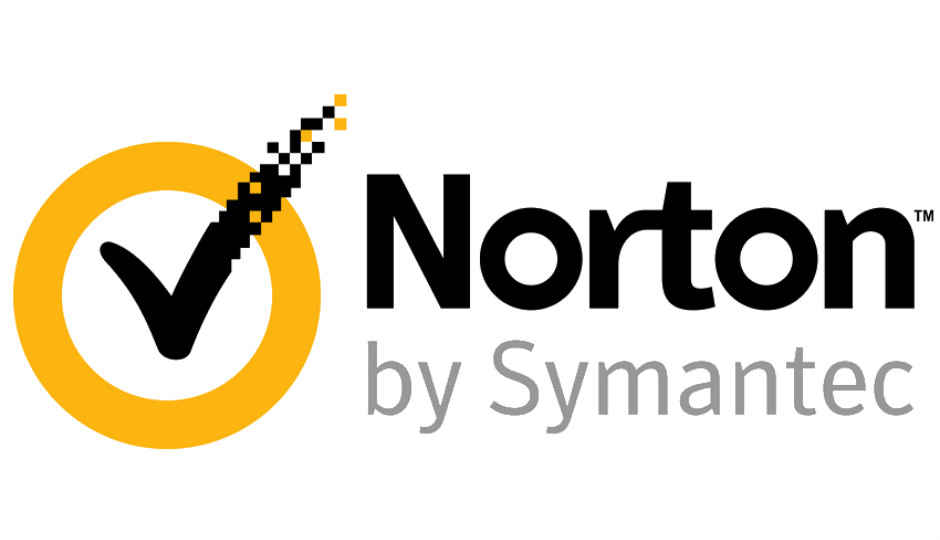Ransomware one of the most dangerous cyberthreats: Norton by Symantec

All but one of the new ransomware variants discovered this year were crypto-ransomware compared to around 80 percent last year
Ransomware has become one of the most dangerous cyberthreats facing organisations and customers according to research conducted by Norton by Symantec. The company notes that ransomware have reached a new level of “maturity and menace.” Further, all but one of the new ransomware variants discovered this year were crypto-ransomware compared to around 80 percent last year. Crypto-ransomware uses unbreakable encryption on the user’s files and if the victim has no back-ups, paying the ransom may be the only alternative.
Read the complete press release below
Ransomware has quickly emerged as one of the most dangerous cyberthreats facing both organizations and consumers, with global losses now likely running to hundreds of millions of dollars.
Norton by Symantec, one of the global leaders in cyber security software, in its latest research, found that globally, consumers are the most likely victims of ransomware, accounting for 57 percent of all infections between January 2015 and April 2016.
According to the research, consumer ransomware campaigns are automated, with most attack groups simply attempting to infect as many computers as possible to maximise their returns. As a result, the majority of ransomware variants are designed to attack Windows computers. While most major ransomware groups tend to be indiscriminate in their attacks, consumers are often less likely to have robust security in place, increasing the possibility of falling victim.
Ransomware Attackers Hike Their Fees
The past 12 months have seen ransomware reach a new level of maturity and menace. According to the report, the perfection of the ransomware business model has created a gold-rush mentality among attackers, as growing numbers seek to cash in. Infection numbers are trending upwards, with the number of new ransomware families discovered annually reaching an all-time high of 100 last year. All but one of the new ransomware variants discovered in 2016 were crypto-ransomware, compared to around 80 percent last year. Crypto-ransomware uses unbreakable encryption on the user’s files. If the victim has no back-ups, paying the ransom is the only alternative.
“Ransomware can vary from holding treasured family photos, hijacking unfinished manuscripts for novels, and blocking access to tax returns, banking records, and other valuable documents to ransom. Moreover, there is no guarantee that paying the ransom will release those padlocks,” says Ritesh Chopra, Country Manager, Norton by Symantec.
The research further highlights the average ransom demanded globally by attackers also saw an upward spike this year. The average ransom demanded to date in 2016 more than doubled from Rs. 19,670 in 2015 to Rs. 45,428.
Digital Extortion on the Rise in India
Between January 2015 and April 2016, the US followed by Canada and Australia were the countries most affected by ransomware. Accounting for nine percent of the total infections, India ranked number four globally among the affected countries- indicating that consumers cannot throw caution to the wind when it comes to this type of cyberthreat.
According to well-known cybersecurity expert Rakshit Tandon “Ransomware is a growing menace that is affecting a lot of Indians. As cybersecurity professionals, we receive complaints from consumers, professionals and companies whose computers have been lockdown by ransomware and data encrypted. Unfortunately we’re unable to help in retrieving this data. The only way to avoid falling victim to ransomware attacks is awareness, education and using an updated security software.”
Newer Avenues for Ransomware to Reach Consumers
The growth of the Internet of Things (IoT) has multiplied the range of devices that could potentially be infected with ransomware. With a growing awareness of ransomware affecting traditional computers, attackers continue to improvise and ransomware continues to evolve. In 2015, ransomware found new targets and moved beyond its focus on PCs to smart phones, Mac, and Linux systems. Norton by Symantec even demonstrated proof-of-concept attacks against smart watches and televisions.
Tips for Consumers to Keep Ransomware at Bay
The best way for users to avoid a ransomware attack is to take preemptive actions:
- New ransomware variants appear on a regular basis. Always keep your operating system and other software updated. Software updates will frequently include patches for newly discovered security vulnerabilities that could be exploited by ransomware attackers
- Email is one of the main infection methods. Delete any suspicious-looking email you receive, especially if they contain links and/or attachments
- Be extremely wary of any Microsoft Office email attachment that advises you to enable macros to view its content. Unless you are absolutely sure that this is a genuine email from a trusted source, do not enable macros and instead immediately delete the email
- Backing up important data is the single most effective way of combating ransomware infection. Attackers have leverage over their victims by encrypting valuable files and leaving them inaccessible. If the victim has backup copies, they can restore their files once the infection has been cleaned up





